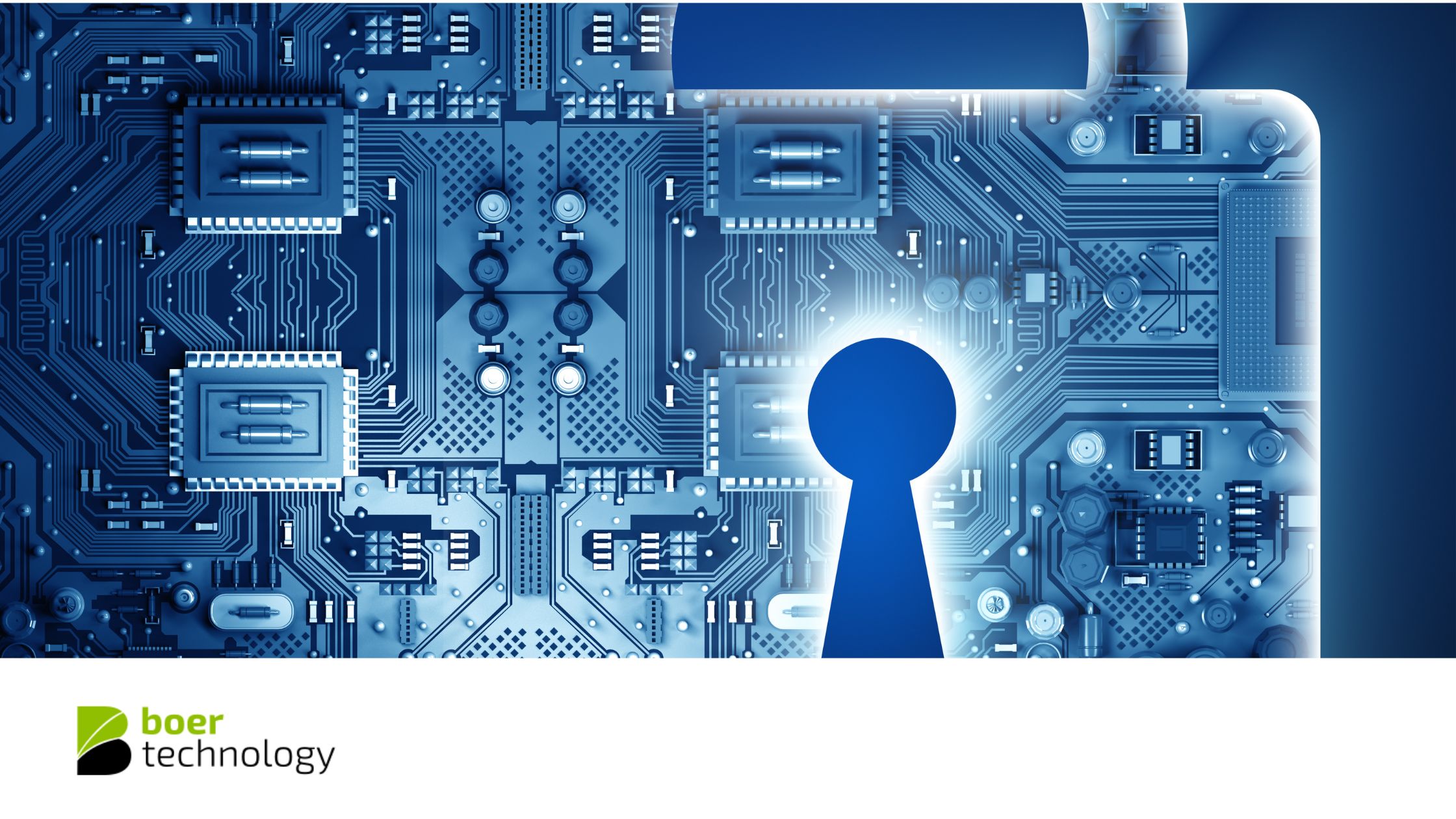The Importance of Continuous Monitoring and Incident Response in Maintaining a Secure Application Environment
In the modern digital landscape, where cyber threats are increasingly sophisticated and pervasive, maintaining a secure application environment is a top priority for organizations. Continuous monitoring and incident response are critical components of an effective cybersecurity strategy. These practices ensure that threats are detected and mitigated promptly, minimizing potential damage and maintaining the integrity, confidentiality, and availability of application environments.
Continuous Monitoring: A Proactive Approach
Early Detection of Threats
Continuous monitoring involves the real-time surveillance of systems, networks, and applications to detect unusual activities or potential security breaches. This proactive approach enables organizations to identify threats early, often before they can cause significant harm. By constantly analyzing logs, network traffic, and user behavior, continuous monitoring can highlight anomalies that may indicate a security incident.
Maintaining Compliance
For many industries, maintaining compliance with regulatory standards is a legal requirement. Continuous monitoring helps organizations adhere to these standards by providing real-time insights into their security posture. This ensures that any deviations from compliance are detected and addressed immediately, reducing the risk of regulatory fines and enhancing the organization’s reputation.
Improving Incident Response
Continuous monitoring provides valuable data that can be used to improve incident response strategies. By understanding the nature and frequency of security incidents, organizations can refine their response plans, ensuring that they are better prepared to handle future threats. This continuous feedback loop enhances the overall security posture of the organization.
Incident Response: Mitigating Damage and Recovering Quickly
Immediate Threat Containment
Incident response is the process of addressing and managing the aftermath of a security breach or cyberattack. A well-defined incident response plan enables organizations to contain threats immediately, preventing them from spreading and causing further damage. Swift containment is crucial in minimizing the impact of an incident on the organization’s operations and data integrity.
Root Cause Analysis
After an incident is contained, it is essential to conduct a thorough root cause analysis to understand how the breach occurred and what vulnerabilities were exploited. This analysis provides insights into weaknesses in the security infrastructure and helps in implementing measures to prevent similar incidents in the future. Root cause analysis is a critical step in improving the overall security posture of the organization.
Recovery and Remediation
Effective incident response goes beyond containment and analysis; it also involves recovery and remediation efforts. This includes restoring affected systems, data, and applications to their normal operational state, as well as implementing fixes to address the vulnerabilities that led to the incident. A robust incident response plan ensures that recovery is swift and comprehensive, minimizing downtime and operational disruption.
The Synergy Between Continuous Monitoring and Incident Response
Real-Time Data for Informed Decisions
Continuous monitoring provides the real-time data needed for informed decision-making during an incident response. When a potential threat is detected, the data collected through continuous monitoring can be analyzed quickly to understand the scope and impact of the incident. This enables security teams to make timely and effective decisions, ensuring a swift and coordinated response.
Enhanced Threat Intelligence
The data collected through continuous monitoring can also enhance threat intelligence efforts. By analyzing trends and patterns in security incidents, organizations can gain insights into emerging threats and attack vectors. This intelligence can inform both continuous monitoring and incident response strategies, making them more effective in detecting and mitigating threats.
Building a Culture of Security
The integration of continuous monitoring and incident response fosters a culture of security within the organization. Employees become more aware of security threats and the importance of reporting suspicious activities. This heightened awareness and vigilance contribute to a stronger security posture, as everyone in the organization plays a role in maintaining a secure application environment.
Conclusion
In conclusion, continuous monitoring and incident response are indispensable for maintaining a secure application environment. Continuous monitoring enables early detection of threats and ensures compliance with regulatory standards, while incident response ensures swift containment, thorough analysis, and effective recovery from security incidents. Together, these practices provide a comprehensive approach to cybersecurity, enhancing the organization’s ability to protect its applications, data, and reputation in an increasingly complex threat landscape. As cyber threats continue to evolve, the importance of continuous monitoring and incident response will only grow, making them essential components of any robust cybersecurity strategy.
Read Also: HOW TO LEVERAGE VARIOUS SECURITY TESTING METHODOLOGIES, SUCH AS SAST AND DAST, TO IDENTIFY VULNERABILITIES AND MITIGATE RISKS
Read Also: CONFIGURATION MANAGEMENT SKILLS BUILDING WITH ANSIBLE

